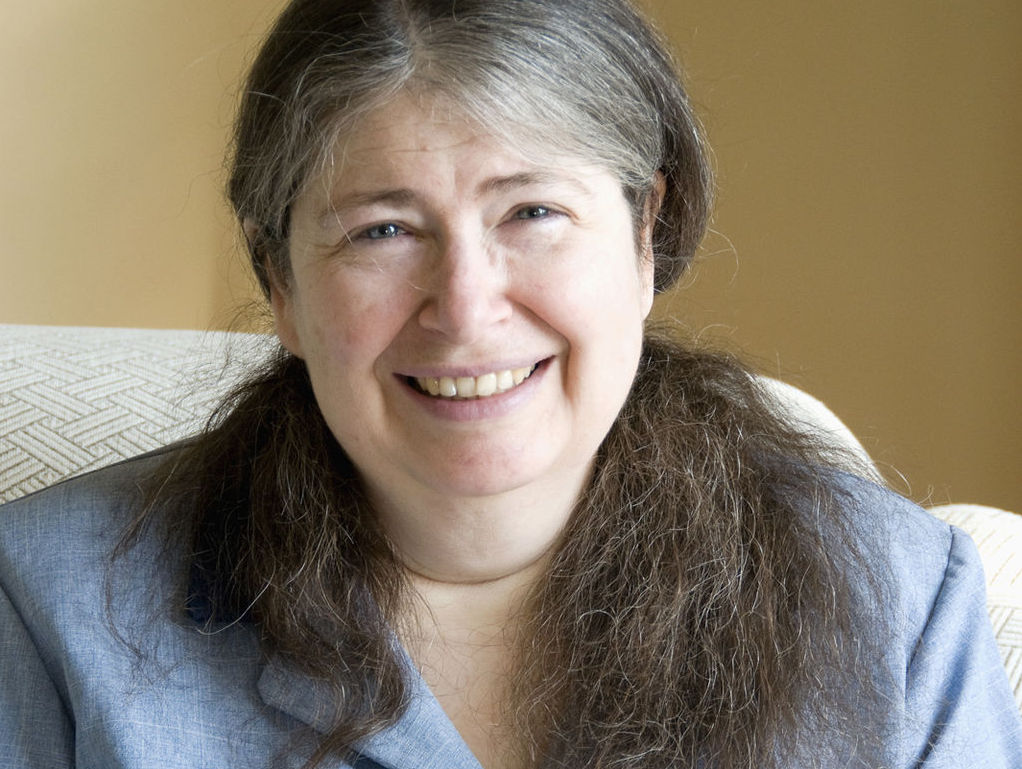The women that created the internet as we know it

Radia Perlman: pioneer of broadening internet access (Wikimedia Commons)
Women have shaped every aspect of the world we live in, a lot of which were not highlighted in our history books. Here are some women that played integral roles in the development and creation of the digital landscape we now operate within. Many of these women were the firsts in their field, from discoveries that changed the way we handle a crisis, to the first social networking site and women who changed the way we use computers.
The first social networking site
Our attention to and usage of social media has changed significantly since its initial creation, which began with Stacy Horn’s creation of EchoNYC in 1990. The site began as a Bulletin Board System (BBS), which wasn’t new, but Horn used the BBS system as a forum for New Yorkers to discuss popular culture. EchoNYC became so successful that New York City had to run an entirely separate cable to Horn’s apartment, where she ran the forum from.
Expanding the Internet- Broadband
At its inception, the internet was accessible to only a few organizations at a time, with little to no broadband. Radia Perlman was the first to write an algorithm that allowed more devices and organizations to connect via the internet.
The first algorithm
The first computer, invented by Charles Babbage, was revolutionized by the first algorithm written and invented by Ada Lovelace. The first algorithm was essentially a set of instructions for the computer to use, which expanded the computer’s capabilities exponentially.
Writing in plain English
The first computers were programmed with numbers, until Grace Hopper a math professor and US Navy official, invented the computer language COBOL which, essentially allowed programmers to type in almost plain English while programming. This invention also put a focus on programming and coding rather than the hardware’s ability.
The first software engineers
Six women working on a US Army Project in 1945 programmed the first all-electric digital computer. Kathleen McNulty Mauchly Antonelli, Frances Bilas Spence, Ruth Lichterman Teitelbaum, Marlyn Wescoff Meltzer, Frances Snyder Holdertson, and Betty Jennings Bartik were mathematicians who created a way to write a program and then feed it to the computer in a way that the computer then executed the program.
The first low volume personal printer
Before computers and printers, there were typewriters and carbon paper, until Beulah Louise Henry, often referred to as “Lady Edison,” created the first Protograph. The Protograph was a device that attached to typewriters and produced one original document with four typewritten copies, at once! Henry is credited with 110 inventions.
The original Google
Before commercial search engines like Google, users had to seek out domain names from the Network Information Center or NIC, run by Elizabeth Feinler, often called “Jake.” The NIC was originally a government network built to connect contractors that would eventually morph into a network that would connect over 1/3 of the world’s populations. Her group also managed the host-naming registry for the Internet and developed the top-level, domain-naming scheme of .com, .edu, .gov, .mil, .org, and .net, which are still in use today.
A “Secret Communications System”
In 1942 George Antheil, a composer, and Hedy Lamarr, a well-known actress, received a patent for a system that changed radio frequencies in an effort to keep enemies from decoding messages being sent to and from the front lines. The Secret Communications system Hedy championed would be an important step in the development of security technology military communications and cell phones.
Revolutionary Telecommunications Research
The first African American Woman to earn a Ph.D. from MIT, Dr. Shirley Ann Jackson, conducted instrumental research that would enable the invention of the portable fax, touch-tone telephones, solar cells, fiber optic cables, caller ID and call waiting. Dr. Jackson is now the president of the Rensselaer Polytechnic Institute, the oldest technological research university in the United States.
The Inception of Home Security
Feeling safe at home has morphed throughout history and as threats have evolved. Marie Van Brittan Brown and her partner Albert created the first ever closed-circuit television security system. The system had four peepholes and a camera that could slide up and down- everything the camera picked up would be transmitted to a monitor. The device also included an ability to lock or unlock doors with a remote control.
Chemistry revolutions
Hazardous waste treatment and environmental restoration facilities contaminated with propellants and explosives are factors that we often use during crisis simulations. The woman behind these inventions is Dr. Betty Harris. She became a recognized expert in the chemistry of explosives.
Illusion Transmissions
Concave mirrors and inventor Valerie Thomas are two of the key factors behind those stunning images we see from NASA’s satellites and other devices. Thomas’ invention of the Illusion Transmitter allows a 3-dimensional image that looks real on the receiving end. NASA continues to use her technology today.
These are just some of the incredible women that have shaped the world we live in today. These women and many more are to thank for creating the immense and diverse digital landscape that we operate within today.
Follow @socialsimulator and let us know what you think
